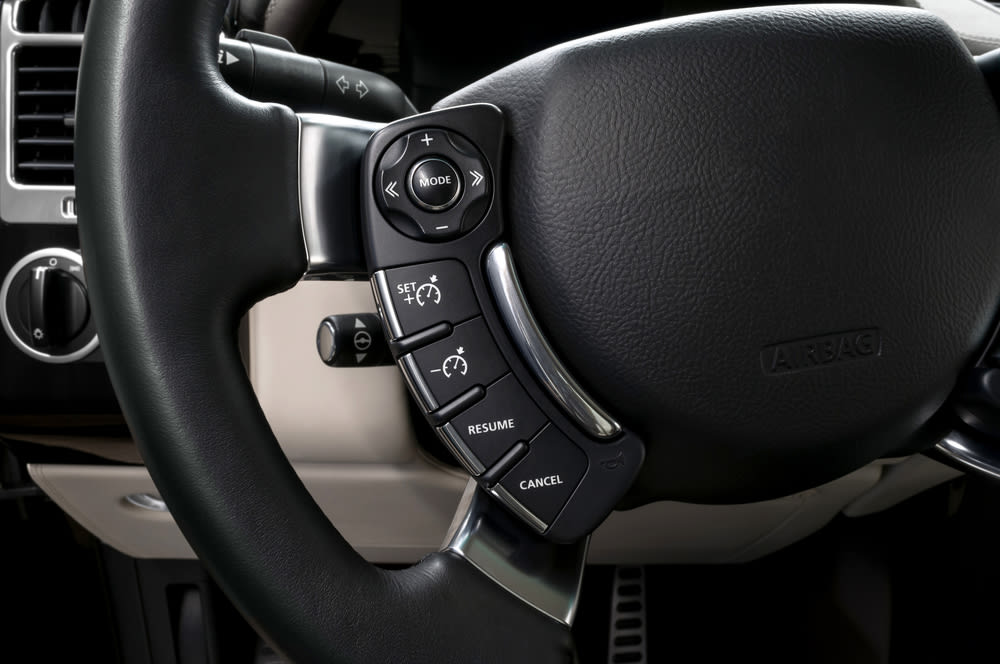

According to the United States Department of Transportation, nearly 130 million motorists depend on their cruise control, or speed control assembly to commute along the highways in the US on a daily basis. The cruise control not only gives drivers a break from applying consistent pressure on the throttle, but also can improve fuel economy due to the lack of throttle fluctuation, expedite traffic control and is among one of the most reliable electrical components of today's modern cars. However, occasionally the speed control assembly will show symptoms of going bad or failing.
Noted below are a few warning signs that you should be aware of that might help you diagnose that a problem with your cruise control exists.
1. Cruise control does not engage
One of the easiest ways of knowing that a problem exists with your speed control assembly is when it simply won't engage when you attempt to activate the system. Each automotive manufacturer has different procedures in regards to how the cruise control is supposed to be turned on. However, if you've followed the instructions, and it still doesn't want to cooperate, it's a good indication that the unit has something wrong and needs to be repaired by a certified mechanic.
Some of the potential issues that might be impacting the cruise control's ability to engage include:
- The transmission (on an automatic transmission) is in neutral, reverse, or low gear or is sending a signal as such to the CPU
- The clutch pedal (on a manual transmission) is depressed or disengaged or is sending this signal to the CPU
- Your vehicle is traveling less than 25 mph or faster than the settings will permit
- The brake pedal is engaged or the brake pedal switch is malfunctioning
- The traction control or ABS system is engaged for more than two seconds
- The CPU self-diagnosis has detected a fault in the speed control assembly
- A fuse has blown or an electrical short exists
- A faulty VSS or Vehicle Speed Sensor
- A malfunction with the throttle actuator
2. Cruise Control Light stays on – even when not activated
There are two distinct lights on the dashboard that indicate activity of the cruise control. The first light typically says "Cruise" and is the indicator light that illuminates when the cruise control switch is 'ON' and ready to be engaged. The second light typically says "SET" and informs the driver that the cruise control has been activated and the vehicle's speed has been electronically set.
When the second light is lit, and you've turned the cruise control off manually, it's an indication that a problem with your speed control assembly exists. Typically this warning light stays on when a fuse is not working or communication between the cruise control and the on-board CPU has been disrupted. If this occurs, it's possible that you'll need to replace the speed control assembly.
3. Cruise control does not maintain a consistent speed
If you've set the cruise control and notice that your speed continues to drop or increase while driving on a flat road surface, this is also a potential indication that your system is malfunctioning. This issue is commonly caused by a problem with the throttle actuator or on older vehicles with an electromechanical cruise control system, the vacuum actuator.
One way you can check this while driving is to disengage the cruise control by turning off the switch located typically on the steering wheel, turning the switch back to the 'on' position and reapplying the cruise control. Sometimes simply resetting the cruise control switch will reset the system. If the problem occurs again, it is very important to let a certified mechanic know of this problem so that it can be fixed as soon as possible.
The speed control assembly or cruise control might seem to be a luxury, but if a problem exists with this system, it could potentially become a safety issue. Many accidents have occurred on US highways due to cruise control systems engaging or failing to shut off, causing a stuck throttle situation. If you have any problems with your cruise control, don't delay or put it off, contact YourMechanic as soon as possible, so a professional mechanic can arrive to diagnose and repair the unit.



